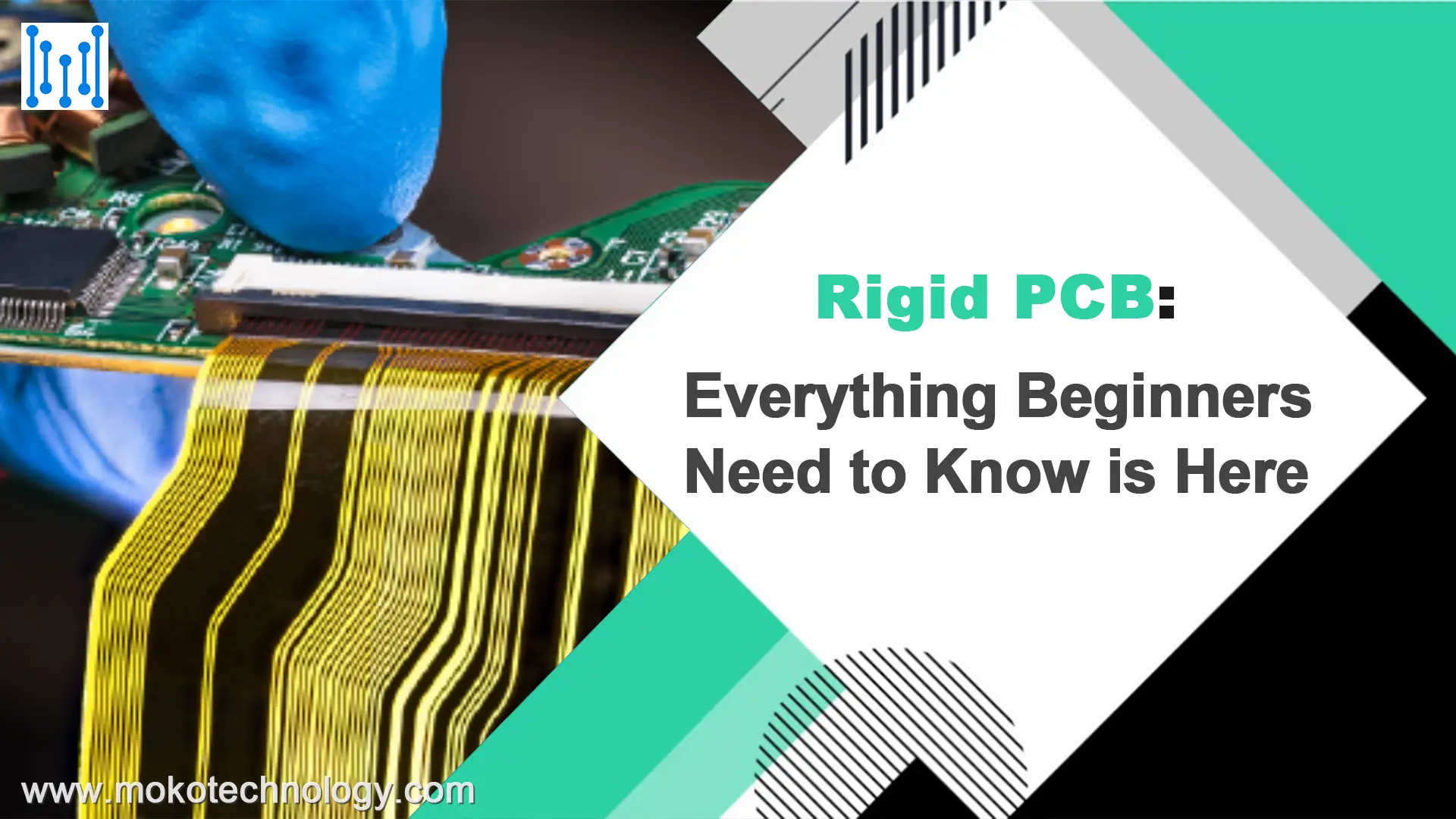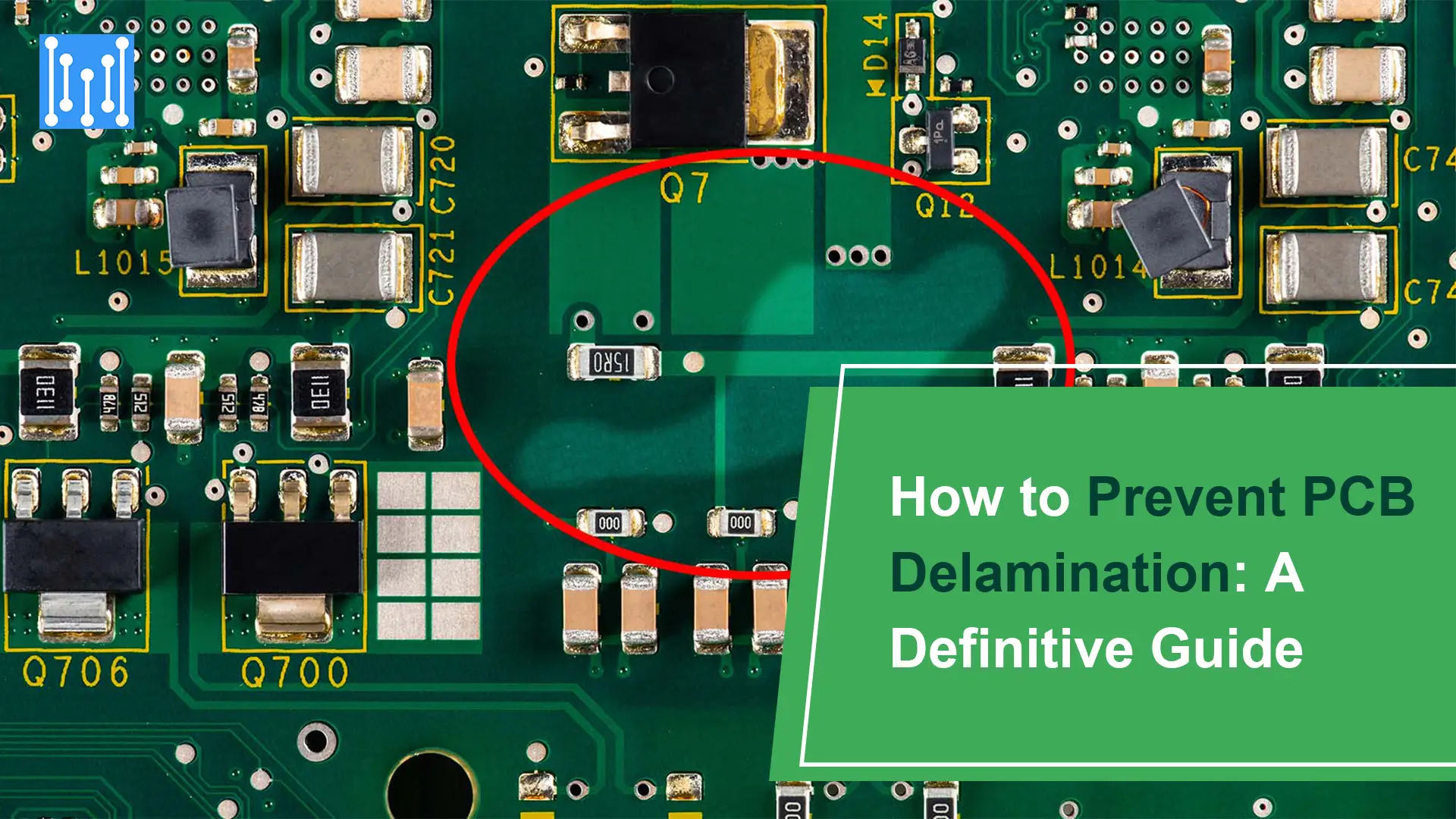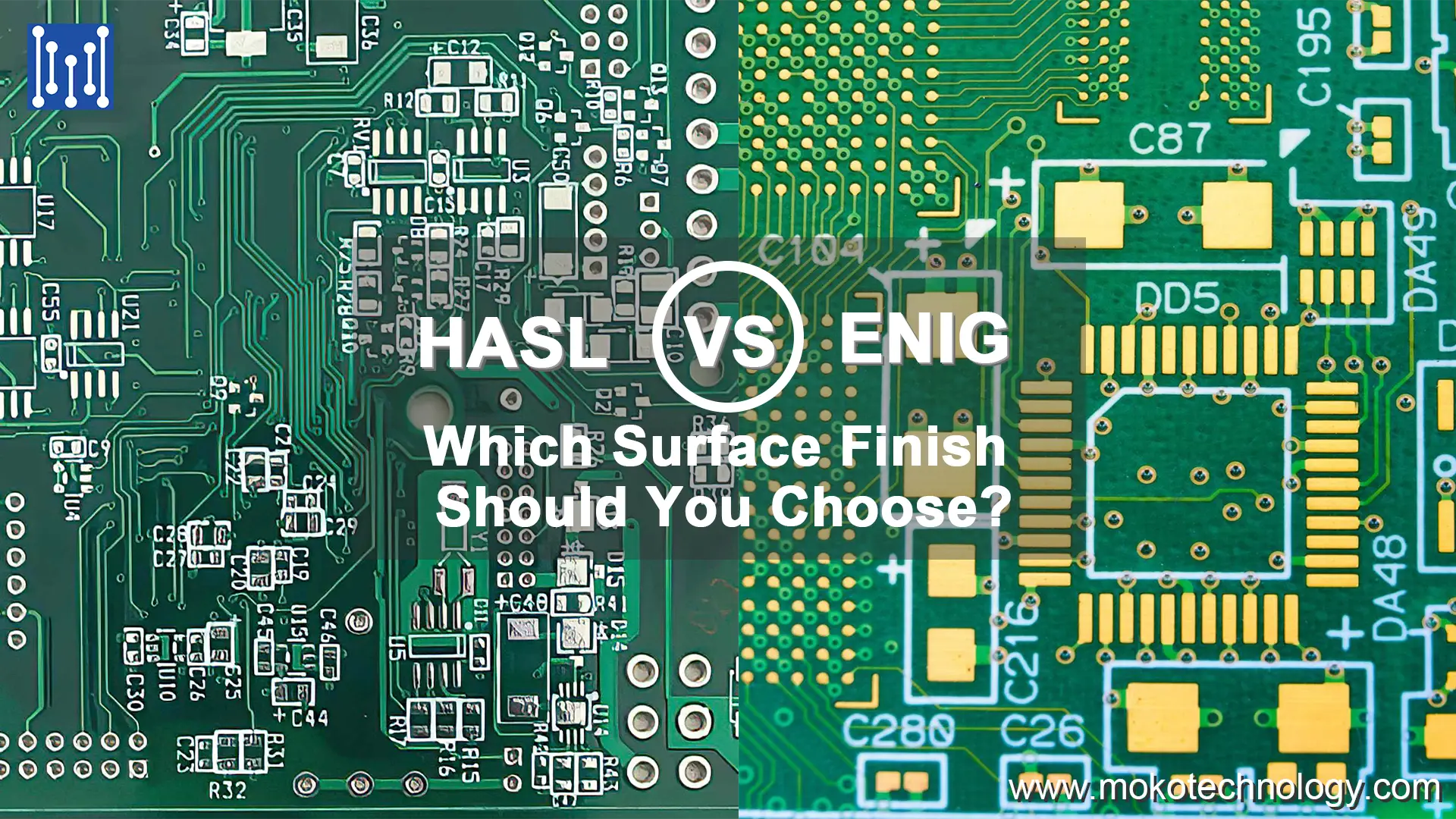Unless you need high-current capability, 1 oz is the default thickness. Line definition can be impaired with increased thickness, so only use it when necessary. Most board suppliers provide it as standard. It is cheaper and more suitable.
2 oz copper is mainly for high current.
Read More: PCB Design
#PCB Manufacturing #PCB Materials



